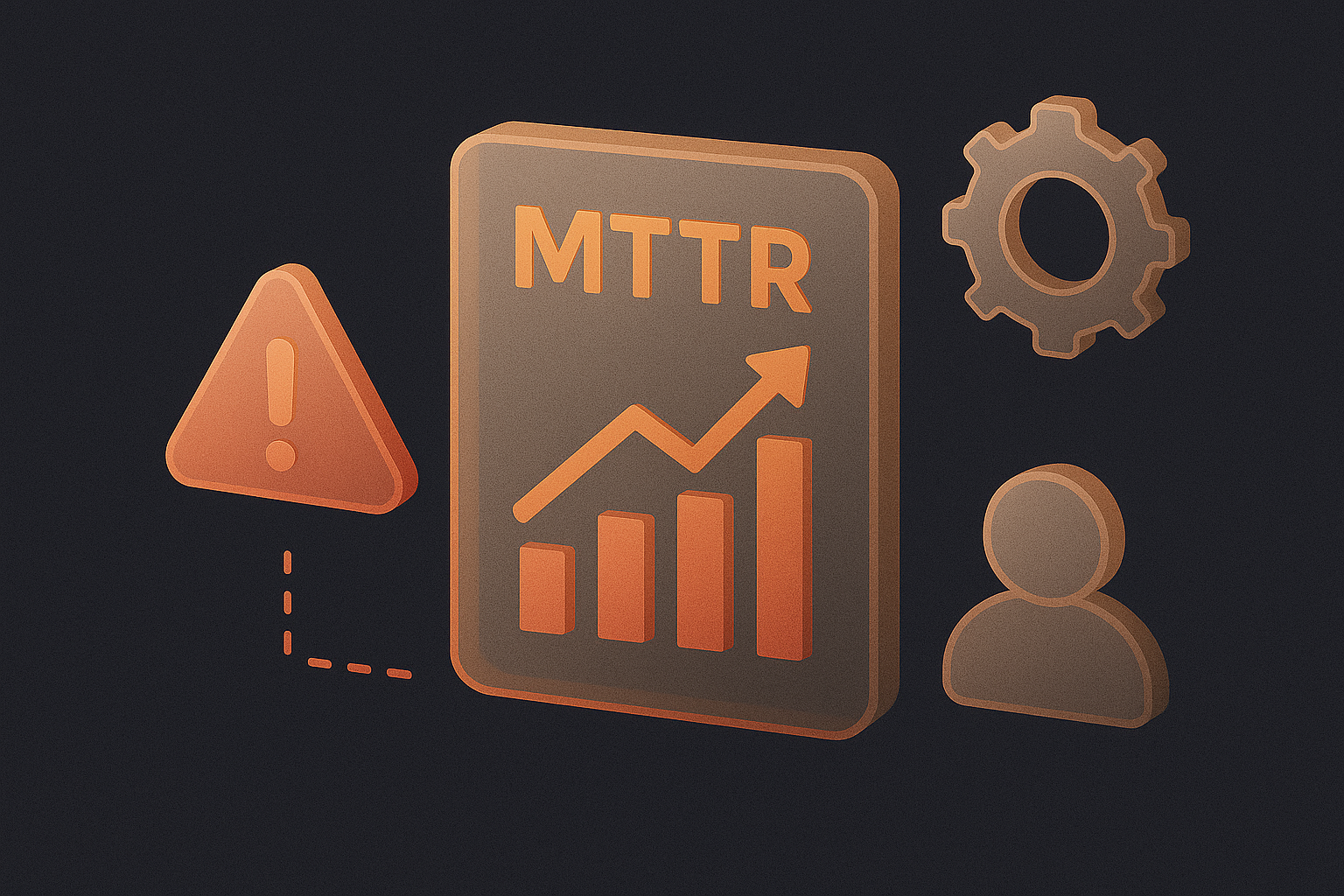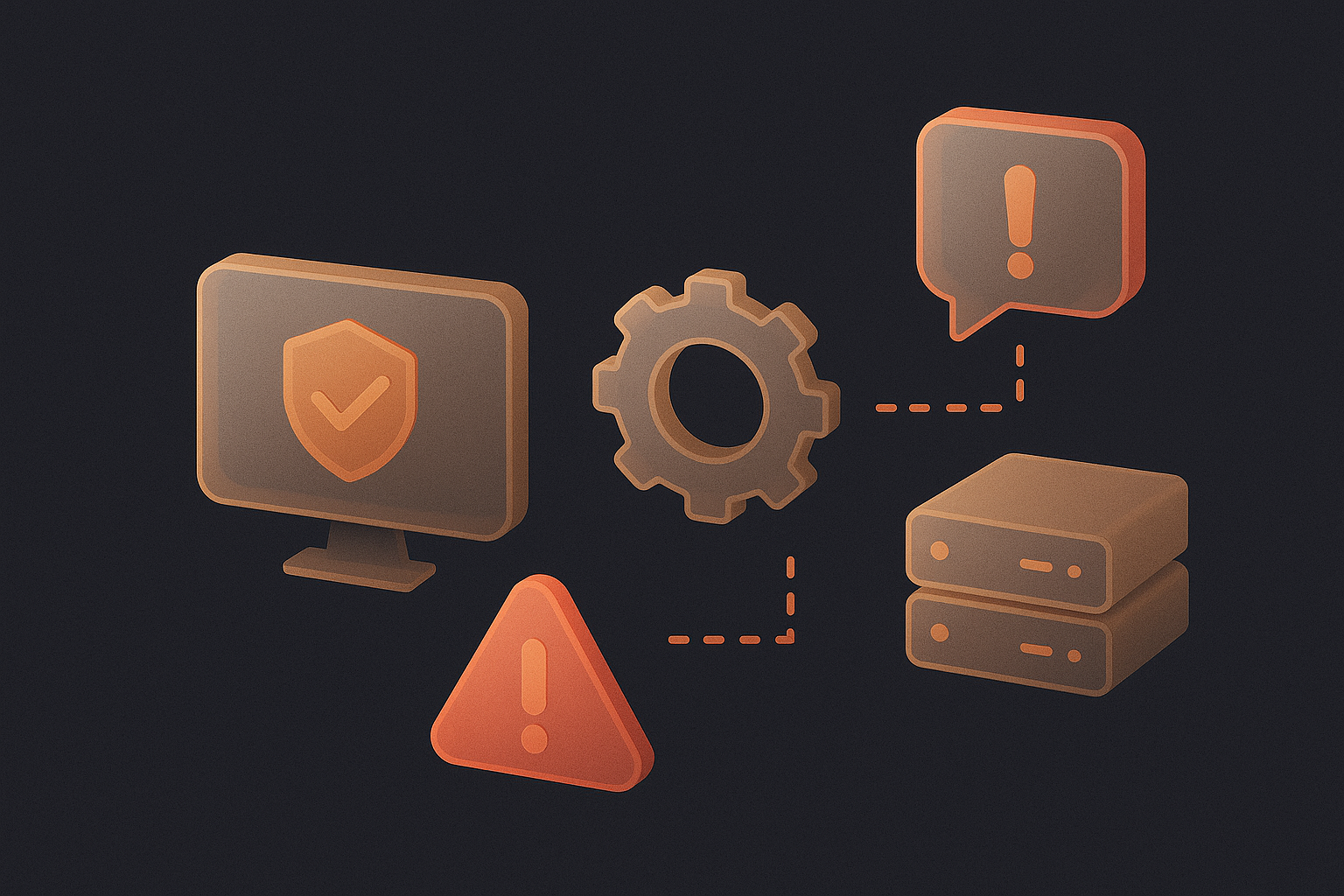IT service metrics, i.e. service variables that an IT team tracks over time, are crucial. If an IT team establishes service metrics and monitors these metrics regularly, it can become a valuable resource to internal and external business stakeholders.
A combination of operational and customer feedback IT service metrics is key. With these metrics in place, an IT team can define problems and address them accordingly. Plus, an IT team can use service metrics to identify improvement and innovation opportunities – something that could help the team become a vital contributor to an organization’s success.
IT Service Metrics Categories
There are four categories of IT service metrics:
- Capability: Also known as quantity, capability refers to the amount of resource being used. For example, to measure a service’s capability, an IT team can track CPU usage, disk space, memory usage and bandwidth.
- Performance: Think of performance in terms of the “health” of a service. To measure service performance, an IT team can track its uptime and reliability, as well as the team’s ability to meeting service-level agreement (SLA) deadlines.
- Relevancy: Relevancy is used to measure a service’s importance to a customer. It requires an IT team to establish service levels and priorities based on customers’ needs. Thus, a service that is necessary to keep a customer network running likely is considered high-priority. On the other hand, a service that has little to no impact on end users may be considered low-priority.
- Satisfaction: This metric is used to determine if a product or service meets or exceeds a customer’s expectations. IT teams may use surveys to gauge customer satisfaction.
Some IT teams use cost metrics, too. These metrics account for labor, software licensing fees and other IT expenses. They often help IT teams determine the root causes of escalating costs, as well as guide these teams’ budget planning efforts.
Establish and Track IT Service Metrics
IT service metrics are valuable if used properly. If an IT team first establishes service goals, it then can identify metrics to evaluate its progress toward achieving these aspirations.
An IT team should integrate metrics into its day-to-day operations. There is always room for improvement, and with the right approach to service metrics, an IT team can get the most out of the data at its disposal.
To learn more about the four critical categories of IT service management check out Mark’s article: “IT Service Metrics 101″



